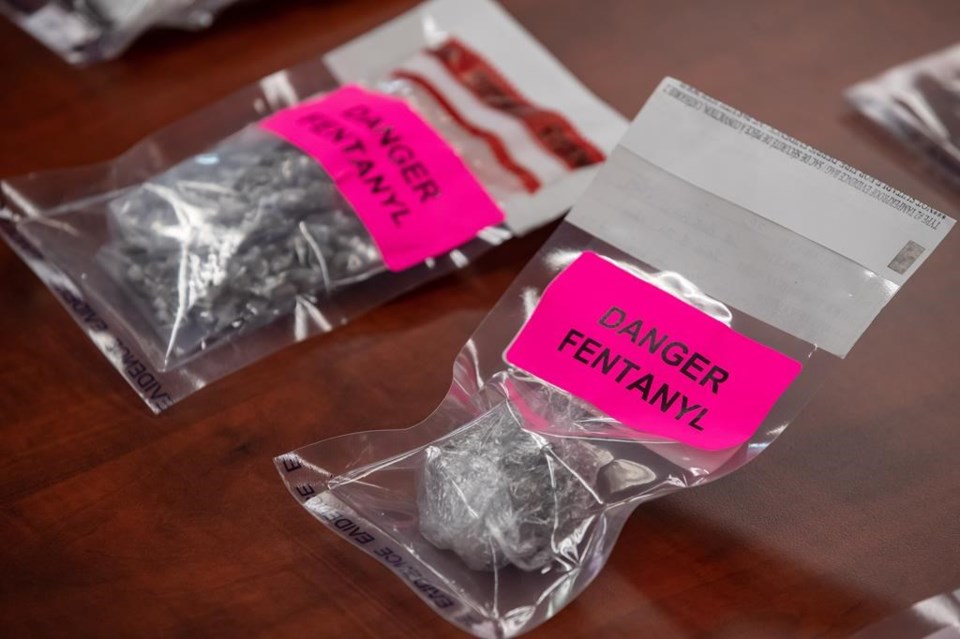TORONTO — The rate of opioid deaths in Ontario decreased by more than 10 per cent in the first two quarters of this year compared to the year before, new data shows, with the chief coroner saying the decline brings some hope.Â
Preliminary data from the coroner's office shows 1,278 people have died from opioid toxicity in the first six months of this year. There were 1,487 deaths in the same time period last year.Â
"This is a significant tragedy that is ongoing and continuing, which requires a much deeper, broader response in my mind," Chief Coroner Dr. Dirk Huyer said in an interview.
But the problem is no longer a crisis, he said.
"The way I've always looked at the word crisis is it's a terrible situation, a bad circumstance, that is short-lived," Huyer said. "And for me, this is sustained and this is an ongoing, significant public health problem."
Opioids have still killed Ontarians at a rate 55 per cent higher than in 2019, before the pandemic hit.Â
Nonetheless, the comparative 13 per cent death-rate decline in the first six months of this year has given Huyer some hope.Â
"Is it hopeful that that's a trend downwards? That's certainly a hope, but it's still a 55 per cent higher mortality rate than the 2019 range," he said.
Opioid deaths increased dramatically once the pandemic began, killing 2,462 people in 2020 and 2,911 people last year.
With lockdowns and most public health measures against COVID-19 ending in this spring, people have returned to their social networks and services for those who use drugs have become more available – factors that may be playing a role in the decrease, Huyer said.
"That's the hope of what's going on," he said. "But it's still incredibly tragic and difficult."
Northern Ontario remains the hardest hit by opioid deaths.
The Thunder Bay District Health Unit has the highest opioid mortality rate of more than 80 people dying per 100,000 from July 2021 to June 2022. Sudbury and District Health and Algoma Public Health are next with a mortality rate around 50 per 100,000 people.
The provincial average is 19.7 deaths per 100,000 people.
"Thunder Bay, Sudbury, and Algoma are the highest rates over the year, as well as was seen last year," Huyer said.
Those aged 30 to 59 remain the most affected, accounting for 71 per cent of opioid deaths between April and June this year.
But the coroner saw some shifts in the age demographics.
Deaths among those aged 20 to 49 have decreased by 13 per cent, but they've shot up among those aged 60 and older by 44 per cent.
Men continue to account for 75 per cent of opioid toxicity deaths.
Fentanyl remains the major contributor with the substance found in 85 per cent of deaths. Other drugs like cocaine, methamphetamine and non-pharmaceutical benzodiazepines are also found in a significant number of deaths.
This report by The Canadian Press was first published Nov. 24, 2022.Â
Liam Casey, The Canadian Press



